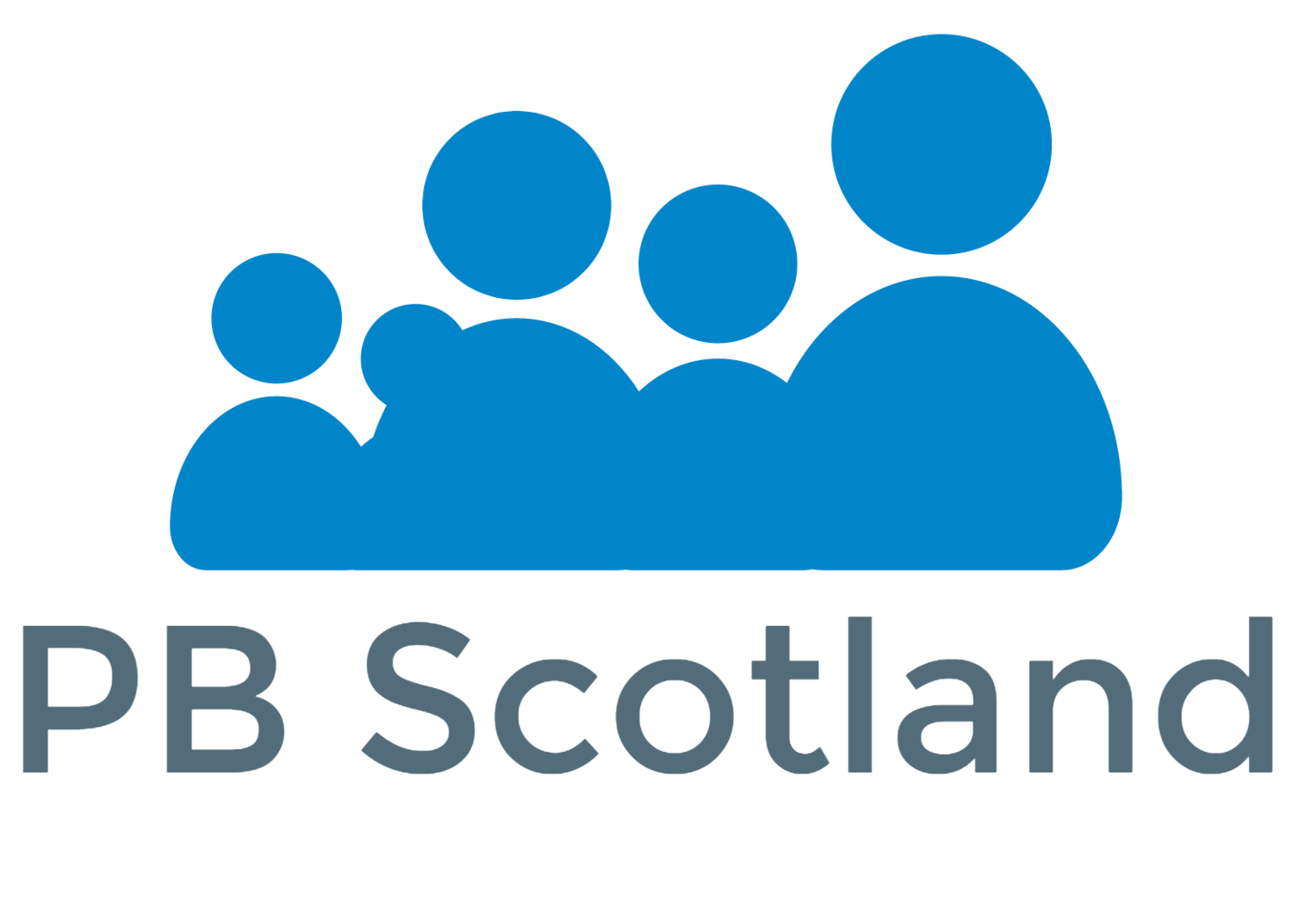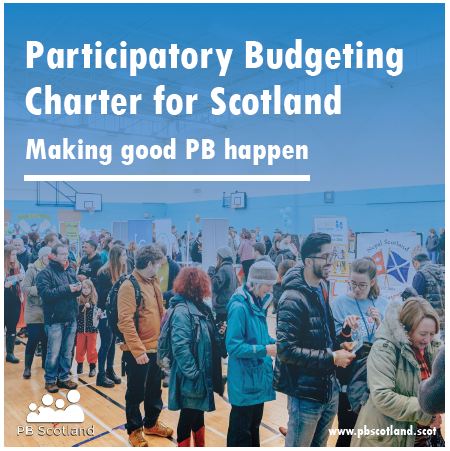Voting systems for PB: Making your choice
/Here Paul Nelis reflects on his discussion with Ullapool Community Development Trust about the voting options available to them as they plan for their participatory budgeting event.
A couple of weeks after the new year I was sitting at my desk, in the office, looking at the snow falling outside. It was a cold evening in January with large flakes tumbling slowly in to the darkness past my window and dropping two stories below. They say that every snowflake is unique but I’m sure I seen two that were the same – maybe not! I continued to concentrate on every snow flake falling when the telephone rang loudly.
On the line was Ben from Ullapool Community Trust, he wanted me to come up (well it’s ‘up’ on the map) to discuss PB with his Community Choices Steering Group and to chat through the voting options available for their PB event in March. We chatted for a while and agreed a date at the end of January. When I hung up the phone I looked out of the window again and nervously wondered how deep the snow might be on the way to Ullapool.
With a snow shovel in the boot of my car and emergency supplies (chocolate) packed, I steadily made my way from Glasgow to Ullapool for an evening meeting with the Steering Group. As it turned out there was very little snow and it was a beautiful journey up to Inverness and across the Highlands to Ullapool. On the way I passed the spectacular Loch Glascarnoch Dam.
The Steering Group welcomed me that evening and we soon got down to discussing PB and useful materials for the lead up to the event. We looked at some of the video material and the Group agreed to use the online materials for the 3 community information sessions in the lead up to the community voting event. This is the first year that Ullapool Community Development Trust had applied for Community Choices money and they are committed to having as much community involvement as possible.
The Steering Group were very keen to discuss voting options which was good because the Scottish PB Champions had been discussing various voting options online prior to me travelling to Ullapool, so I felt I had the knowledge and experience of seasoned PB practitioners to draw on.
The following paragraphs are a roundup of our discussion on the night about the voting options:
1. Ranking System
The most commonly used voting system for PB. The community gets to vote on every project that is presented. Participants will rank the project idea and presentation on a scale of 1-5. Each voter must stay for all the presentations and has to vote either 1-5 for every project. This simple and transparent process will unusually use paper voting cards or digital handset voting systems. While effective some argue that this approach is not equitable for smaller communities or projects that don’t have a large following. The feeling is that the larger communities (the local football team or community choir) will obviously get their project funded because there are more voters at the event.
2. Spread Voting System
This approach allows participants to have 3 non- weighted votes. For example, a participant can vote for 3 projects that they like most out of a field of 10 pitches. The projects with most votes are awarded the funding that they’re looking for. This approach ensures that the voting process is not 'flooded by the majority'. The larger groups attending the event will of course each cast one of their votes for their own projects (and why wouldn't they!) but they will also have to spread the remainder of their 2 votes across a range of other projects, which dilutes the 'block voting' tendency. This approach allows people to vote beyond personal preference for project ideas which may benefit the wider community.
In simplistic terms, the theory is that the participants first vote goes for those who they identify with, their second for something that they care about, and the third for a social justice cause.
3. Weighted votes
In certain instances, the PB process may want to weight the votes in favour of a particular community, weighted votes could apply to individuals who are most affected by the issues/theme. For example, votes may be weighted for people who live in an area of multiple deprivation. Everybody’s vote would count as 1 but those who live locally are counted as 2.
In a slight variation we could see weighting in the mainstreaming approach to PB. When communities have decided on their priorities at the first stage e.g. community safety, transport, young people etc these head line themes will have an associated budget allocated to them depending on the strength of feeling within the community.
It is important that if this process is used then it needs to be fully transparent and everyone who votes should know and understand the weighting approach.
4. Voting boxes in the community
One Local Action Partnership is considering using ballot boxes in local supermarkets to promote the work of the partnership and increase participation in the PB process.
Voting boxes out in the community are a good option and certainly raise the profile of the process. The steering group will have to consider enlisting volunteers to oversee the boxes, to monitor who is voting, where and how often. Voting boxes in the community are certainly a method which is used in Paris to complement the wider voting events and has been used in Stockport to contibute nearly 1000 responses.
Getting votes from community locations over an extended time frame will always produce more votes overall compared with holding an event. However, people are not getting to hear the pitch or browse a stall with additional information so there are drawbacks to this approach on its own.
5. Online voting
Last but not least, online voting. Democracy Scotland - Demsoc is currently testing several software options with a variety of community groups and local authorities to learn what is the best way to encourage lots of people to participate in PB through online digital formats. Each PB software options offers different levels of complexity and engagement. Demsoc are keen to have a solution which supports (rather than replaces) the joyful events which are a major part of Participatory Budgeting. This software route takes a lot of preparation but it engages a wider population than just the 200-300 people who show up for the events. Key learning points from Demsoc are:
Digital is not magic – digital won’t guarantee huge of numbers of people taking part automatically as there is work needed around outreach and promotion.
Online relationships and communities can be just a valid, strong, active and meaningful as offline communities.
It’s possible to find something to suit everyone: there are so many different ways and means that once you articulate your needs and aims, you can find the right tool for you and your organisation.
There seems to be as many options and variations in voting as snowflakes. It’s vital that whatever voting system (or combination of voting systems) is chosen that they are easy to understand, easy to collate, are transparent, democratic and fair. As well as all of these practical considerations the voting process must support the less heard voices in the community to participate.











